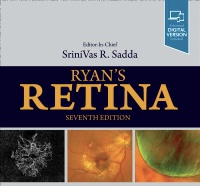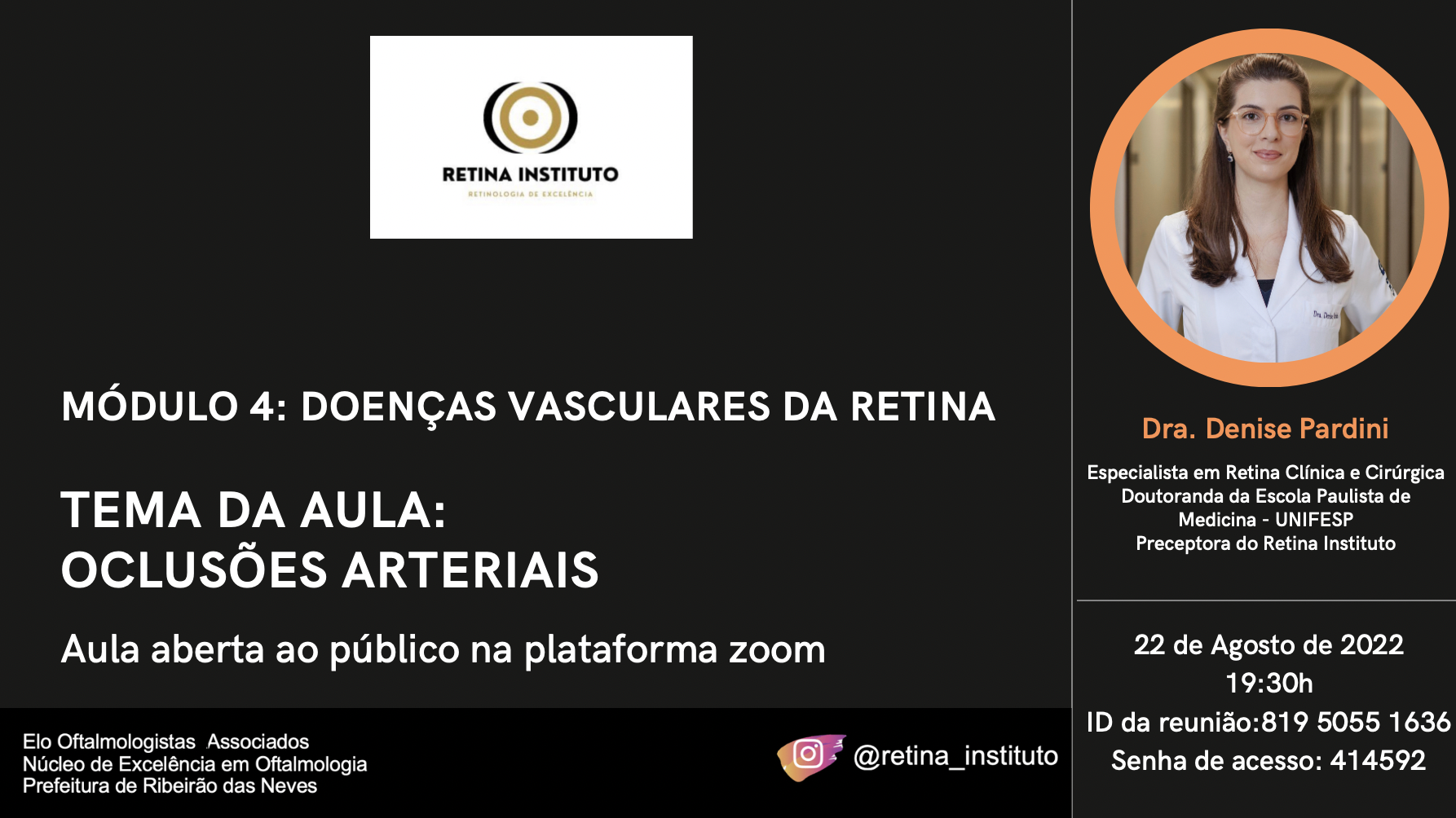Optical coherence tomography angiography using the black‑and‑white pixel binarization histogram software: a new technique for evaluating healing of macular holes in two surgical techniques.
Abstract
Background
Many factors can influence the functional outcomes of macular hole surgery and some studies have tried to describe anatomical features that could predict successful treatment. The purpose of this study is to describe a new technique for evaluating the healing of macular holes after two surgical techniques using a black-and-white pixel binarization histogram software by optical coherence tomography angiography and its potential functional implications.
Methods
This was a retrospective, observational case series of patients who presented with idiopathic full-thickness macular holes and underwent vitreoretinal surgery for successful macular hole closure using the internal limiting membrane peeling technique or the inverted peeling technique or the free internal limiting membrane flap technique. Optical coherence tomography angiography 3.0 × 3.0-mm scans were obtained postoperatively. The outer retina layer was analyzed separately; three different analyses were performed within a 3.0-mm-diameter area central circle, a 1.5-mm-diameter area, and a 0.5-mm-diameter area from the foveal center. The outer retinal layer images were evaluated by counting the number of black and white pixels. The inclusion criteria were patients with idiopathic macular holes who underwent ophthalmologic examinations and swept-source optical coherence tomography 1 week and 1 and 6 months postoperatively. The exclusion criteria were a traumatic macular hole or a history of eye trauma and a diagnosis of glaucoma or any other chronic ocular disease. The Mann–Whitney test was used to determine significance; P < 0.05 was considered significant.
Results
Ten eyes of 10 patients who underwent vitreoretinal surgery to treat a macular hole either with the conventional peeling technique (n = 5) or the inverted/free internal limiting membrane flap technique (n = 5) were included. In the peeling group, the percentage of white pixels ranged from 7.22% to 18.40% in the 0.5 × 0.5-millimeter area in the macular center; the mean postoperative logarithm of the minimum angle of resolution best-corrected visual acuity was 0.3 ± 0.2. In the inverted flap group, the percentage of white pixels ranged from 3.65% to 8.93% in the 0.5 × 0.5-millimeter area in the macular center; the mean logarithm of the minimum angle of resolution best-corrected visual acuity was 0.9 ± 0.4.
Conclusions
A simple method of optical coherence tomography angiography imaging analysis of the outer retina using a binarization technique of the black and white pixels was created and may have functional implications during the analysis of the healing process after macular hole surgery. We hypothesized that higher numbers of white pixels correspond to viable cellularity and better prognoses postoperatively.
Keywords: Optical coherence tomography angiography, Macular hole surgery, Pixel binarization
DOI: 10.1186/s40942-020-00229-w
International Journal of Retina and Vitreous (2020) vol.6 pag.25
Published online 2020 Jul 1.


